This post may contain affiliate links. As an Amazon Associate we earn from qualifying purchases.
It’s easy to repot roses — don’t be nervous!
There comes a time in the life of every potted rose that it no longer looks like its old self (sounds sort of like people!). The soil doesn’t hold on to moisture like it used to, blooming is sporadic (at best) and the plant’s roots are seeking more room by snaking out of the bottom of the container.
Kitty Belendez, master rosarian in Santa Clarita, California cautions that container-grown roses need to be re-potted every three years, at a minimum.
“Actually, they can become rootbound even much sooner if you are still growing them in pots that are too small for their maximum capacity,” she claims in an article on the Santa Clarita Valley Rose Society’s website.
“For example, hybrid tea roses can become rootbound in a 5-gallon pot in just one year. And the miniature roses can become rootbound in a 1-gallon pot.”
If you recognize any of the aforementioned symptoms, it’s time to repot and rejuvenated your stressed-out rose.
Items you’ll need to repot roses
- Planting pot
- Drill (optional)
- Pruning shears
- Lysol disinfectant
- Puncture-proof gardening gloves
- Dormant oil spray
- Potting soil
(see Resources, at the end of this post, for where to buy these items)
The best time to repot roses
Belendez says that roses tolerate repotting any time during the year. I prefer to wait until the rose is just about ready to come out of dormancy in late winter or early spring (after the last hard frost, however).
If you choose summer to repot roses, do it early in the morning or the evening, not during the hottest part of the day. Then, keep the roots moist while transplanting. A good way to do this is to plunge them into a bucket of water and allow them to sit for 15 minutes or so.
Choosing the new container
Shrub-type roses demand a container that is at least 15 inches in diameter. Miniature roses, on the other hand, “perform the best if they are in at least a 7-gallon pot,” according to Belendez.
Large rose bushes require large containers (understatement of the year, right?). Hybrid teas and old garden roses especially require big pots – at least 15 to 25 gallon, depending on the current size of the shrub.
Once the rose’s needs have exceeded what the giant pot can fulfill, consider planting it in the ground
“Wooden tubs work well; plastic pots hold moisture, while unglazed terra-cotta dries out quickly,” according to an unnamed writer at Better Homes & Gardens online.
I take issue with the broad statement, and here’s why: wooden tubs fail to hold up to the frequent doses of water required of the rose bush.
It may last a year, two if you are lucky, but soon you’ll find yourself repotting the rose again because the wooden container has rotted and is falling apart.
Plastic pots are fine, as long as the color isn’t too dark (they attract and hold heat more than the light-colored varieties).
The rose that I will be repotting in February is in an unglazed clay pot and has been for some time. The pot is crumbling, but it has held up for several years.
In the heat of the summer, however, I find myself watering far more often than I have time for, so I have chosen a jumbo-sized plastic pot to hold it for the next couple of years.
Whichever pot you choose, ensure that it has holes in the bottom for drainage. If it doesn’t, drill them yourself. It’s important that excess water doesn’t end up pooling at the plant’s roots.
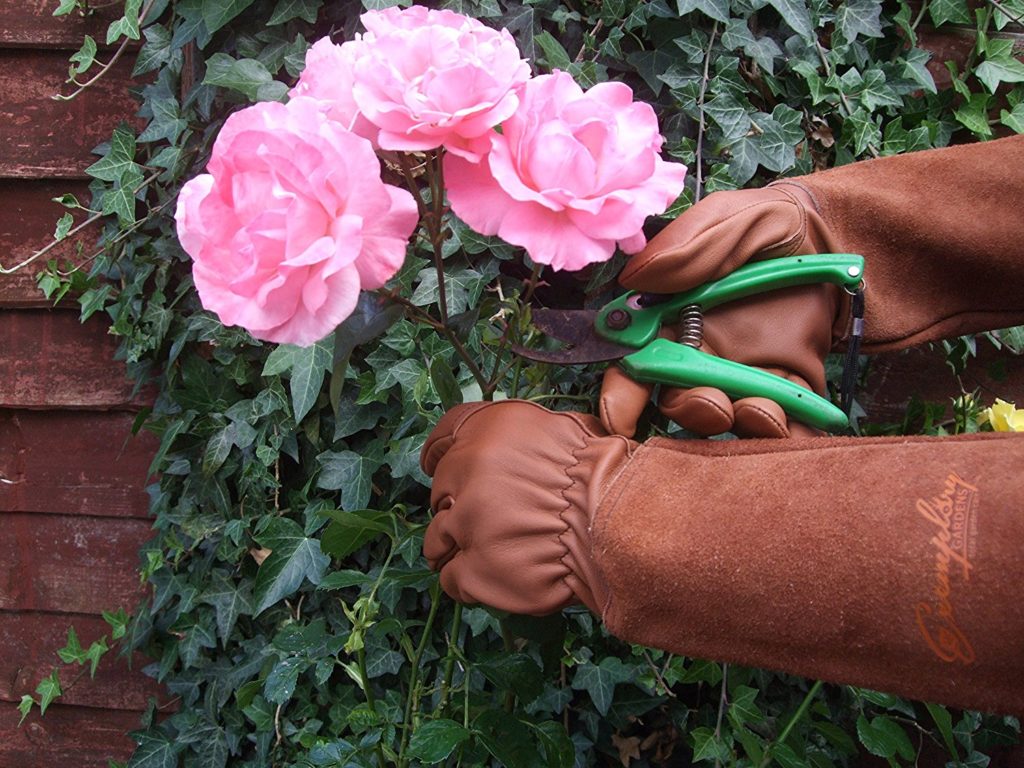
Prepare the rose for repotting
Grab the pruning shears and sterilize them in a solution of 1-part Lysol disinfectant and 3 parts of water. Don’t use bleach to sterilize your gardening equipment, it’s too corrosive. Allow the shears to sit for about 15 minutes and then rinse under clear water.
Don those puncture-proof gloves.
I cannot stress enough the importance of wearing a long, sturdy pair of gloves when working with roses.
I’ve told this story before, but in case you missed it:
Years ago, while pruning my roses, a thorn punctured by right index finger. I thought little about it – it had happened on numerous occasions over the years. I continued pruning and continued with my day.
The next morning, I awoke with a swollen right hand. And, it wasn’t just a slight swelling, it looked like someone took a surgical glove and blew it up like a balloon. There wasn’t significant pain, but the hand was throbbing.
I went to my doctor who sent me immediately to the emergency room at our local hospital.
I ended up spending the night, hooked up to intravenous antibiotics
I was released the next day but was required to return every 12 hours to be re-hooked to that bag, for a total of SEVEN DAYS.
The diagnosis I received was Sporotrichosis and my doctored feared I would lose my right hand because of it.
Caused by a fungus (Sporothrix schenckii), it is commonly found on, among other things, rose thorns. And, while my infection happened quickly, it may take days (even months, according to WebMD) to become apparent.
Additionally, your hand may not swell up as mine did. Symptoms vary, and the most common begins with a bump under the skin.
Anyway, don’t skimp on garden gloves when working with roses. I actually use welding gloves now when I prune roses. They are rather large and not as flexible as cloth garden gloves, but I’ve yet to get a rose thorn puncture. I bought mine at Amazon.com and you can find them here.
If you prefer gloves that come in different sizes, consider these. Jackson, one of our Horticopious members, swears by them.
Cut each rose cane back to 10 to 12 inches in length and remove all of the plant’s foliage. Then, apply dormant oil spray, according to the label’s instructions (if you’re doing this in winter).
If you are growing a once-blooming old garden rose, avoid pruning before transplanting. They bloom on old wood and should be pruned immediately after blooming.
For additional advice on pruning specific roses, visit the Berkeley Horticultural Nursery’s website.
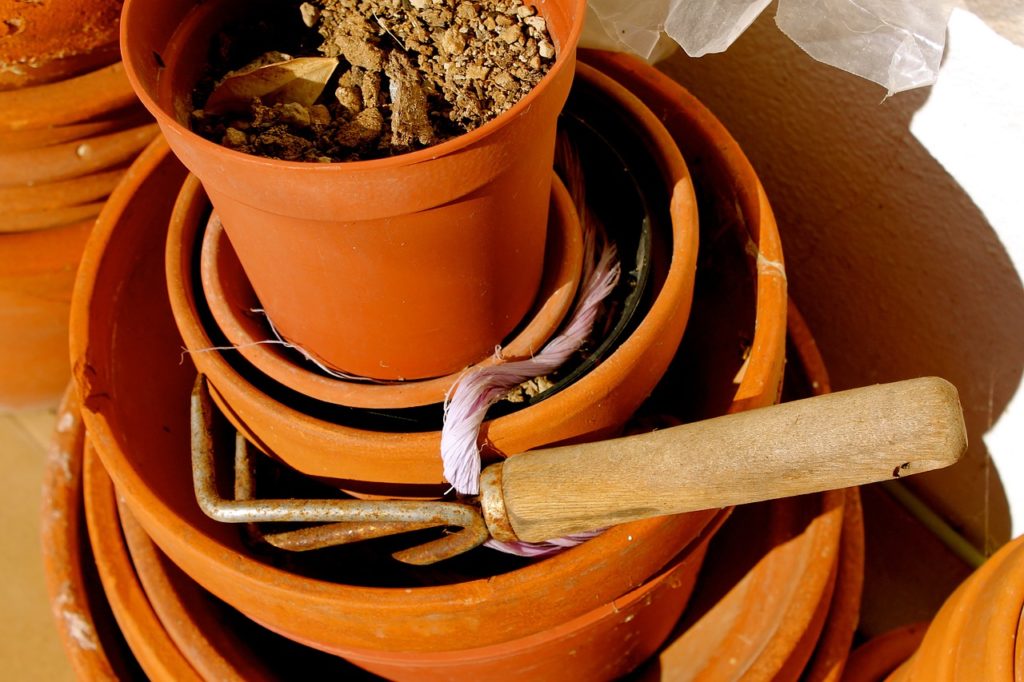
Don’t do this
“To prepare a container for the rose to be planted in, place a layer about one inch deep of gravel or other medium sized rocks in the bottom of the container. This serves as drainage and prevents the soil from becoming too compressed at the bottom.”
IGNORE THE ABOVE ADVICE
And, that it comes from an article in Rose Magazine is quite shameful.
Studies have shown that those rocks or gravel or potting shards or whatever, placed in the bottom of a growing container, actually impede soil drainage.
“… the coarser the underlying material, the more difficult it is for water to move across the interface. Imagine what happens in a container lined with pot shards!” exclaims Linda Chalker-Scott, Ph.D., horticulturist and associate professor at Washington State University’s Puyallup Research and Extension Center.
You’ll find her article, “The Myth of Drainage Material in Container Plantings,” here.
Do roses need special potting soil?
What does aid drainage is a quality potting soil, amended if necessary. If you’ve ever used a cheap potting soil, you’ll understand what I’m talking about. The one bag I bought, many, many moons ago, became hard as a rock the minute it even slightly dried out.
Some of the rose soil advice you’ll read online calls for the addition of organic matter and, sadly, quite often peat moss is advised.
First, compost is nearly always the best organic material to use in the garden, even when growing roses in containers. Second, environmentally-conscious gardeners have moved away from the use of peat moss in all applications–in-ground as well as in containers.
Horticulturists are divided on peat moss’ sustainability. Many claim that we are rapidly depleting the world’s supply of the slow-to-accumulate peat. Others, like master gardener Robert Pavlis, say that’s poppycock.
There is no denying, however, that peat moss harvesting releases carbon dioxide
So, when sphagnum peat moss is included in a soil recipe to help aid drainage (and not for its acidic quality), we use coconut coir instead.
Do your rose a favor and buy it some fluffy, yummy potting soil. And why try reinventing the wheel? Quality potting soils are available commercially and provide all the nutrients your transplanted rose requires, at least for a time.
We recommend Fox Farm’s organic potting soil, available here, at Amazon.com and Happy Frog, which you can buy here.
What is the best way to plant potted roses?
Water the rose before attempting to remove it from the pot. While this doesn’t always work, it often makes it easier.
While the rose is draining, fill the new planting pot to about halfway with the fresh potting soil and water it several times until it is uniformly moist. It will probably settle as you water so you may need to add more soil.
You have your gloves on, right?
Large potted roses should be placed on their sides. Use your hands to scrape away as much soil as possible. Begin gently tugging at the base of the bush while removing soil until the plant finally slides free of the pot.
Place the rose on top of the soil in the new pot, without crunching down the roots. As you hold the bush, determine how much more soil you’ll need to add so that the rose will be planted with the graft union (the swollen area between the rose bush’s stems and roots) 2 to 3 inches below the top of the soil.
Spread the roots out evenly and then add more soil to get the plant to the proper level, keeping in mind that the final level of the soil should be within 1 to 2 inches of the rim of the pot.
Give the rose a final, deep watering. The added soil may settle. If so, add more and moisten it.
After care of roses grown in containers
Keep the potting soil moist for the first two weeks after transplanting and keep the rose bush in a shady spot for the first week. Transplanting is stressful to all plants so give the rose time to acclimate to the new situation so it doesn’t go into shock.
Avoid fertilizing it during this period. In fact, Ben Hanna at Heirloom roses suggests that you don’t fertilize or use any insecticides until the buds break in the spring.
Just now considering container rose gardening?
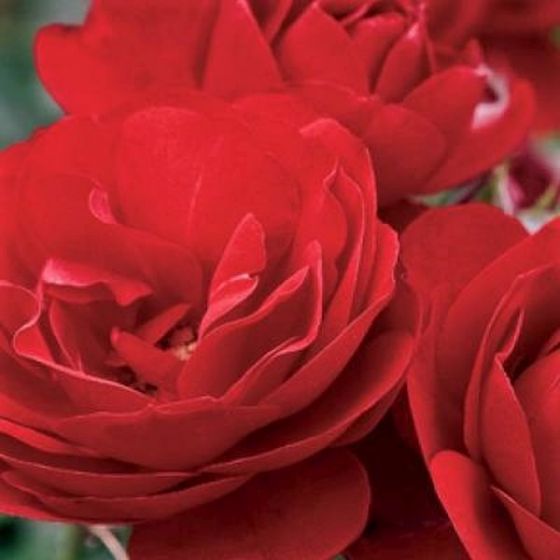 The experts at Texas A&M AgriLife Extension have come up with a list of shorter-growing roses that thrive when grown in containers:
The experts at Texas A&M AgriLife Extension have come up with a list of shorter-growing roses that thrive when grown in containers:
- Showbiz (shown above)
- Intrigue – a lemon-scented, mauve floribunda
- Mon Cheri – Lightly fragrant, 4-inch blooms
In addition, we grow the following roses in containers:
- Violet’s Pride™– A gorgeous purple Floribunda with a scent described as “… like citrus married spice and they live happily ever after.”
- Tiffany (my favorite) – This multiple award-winning hybrid tea is a must as far as we’re concerned. It is downright gorgeous.
- Iceberg (every rose grower needs at least one white rose) – What can we say? Iceberg is a classic floribunda rose with a honey-like scent.
Get tips on how to care for roses
Resources
Planting pot: Check out this beauty at Macys
Pruning shears: Felco F-2 Classic Manual Hand Pruner
Lysol disinfectant: available at grocery and some hardware stores and online at Amazon.com.
Puncture-proof gardening gloves: My favorites are here and Jackson’s are here
Dormant oil spray: Bonide Dormant Oil Spray
Potting soil: Fox Farm or Happy Frog
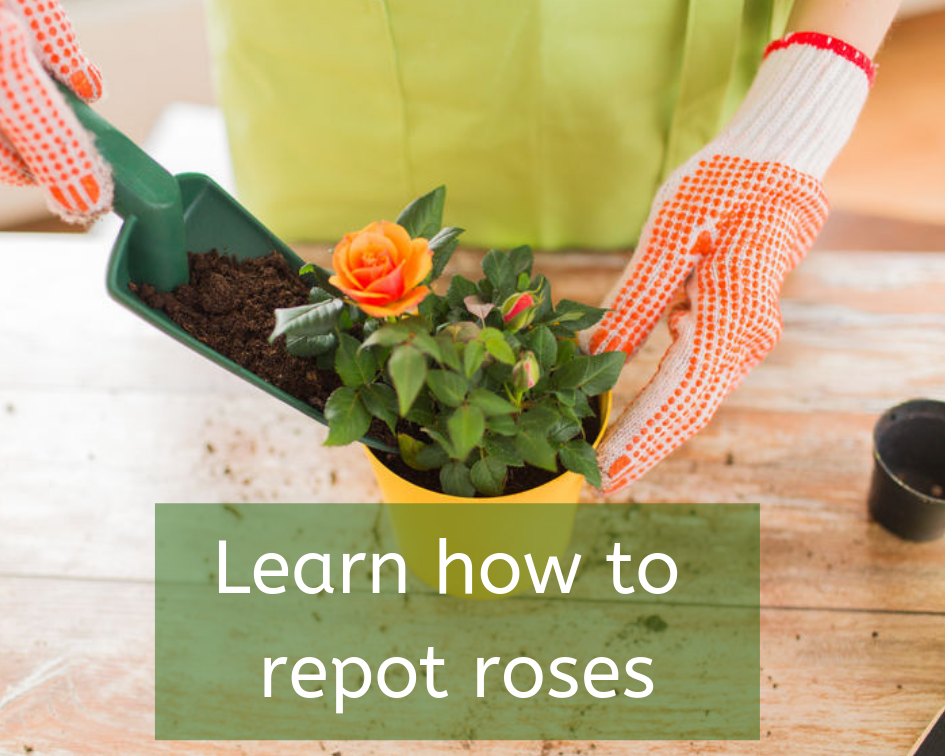
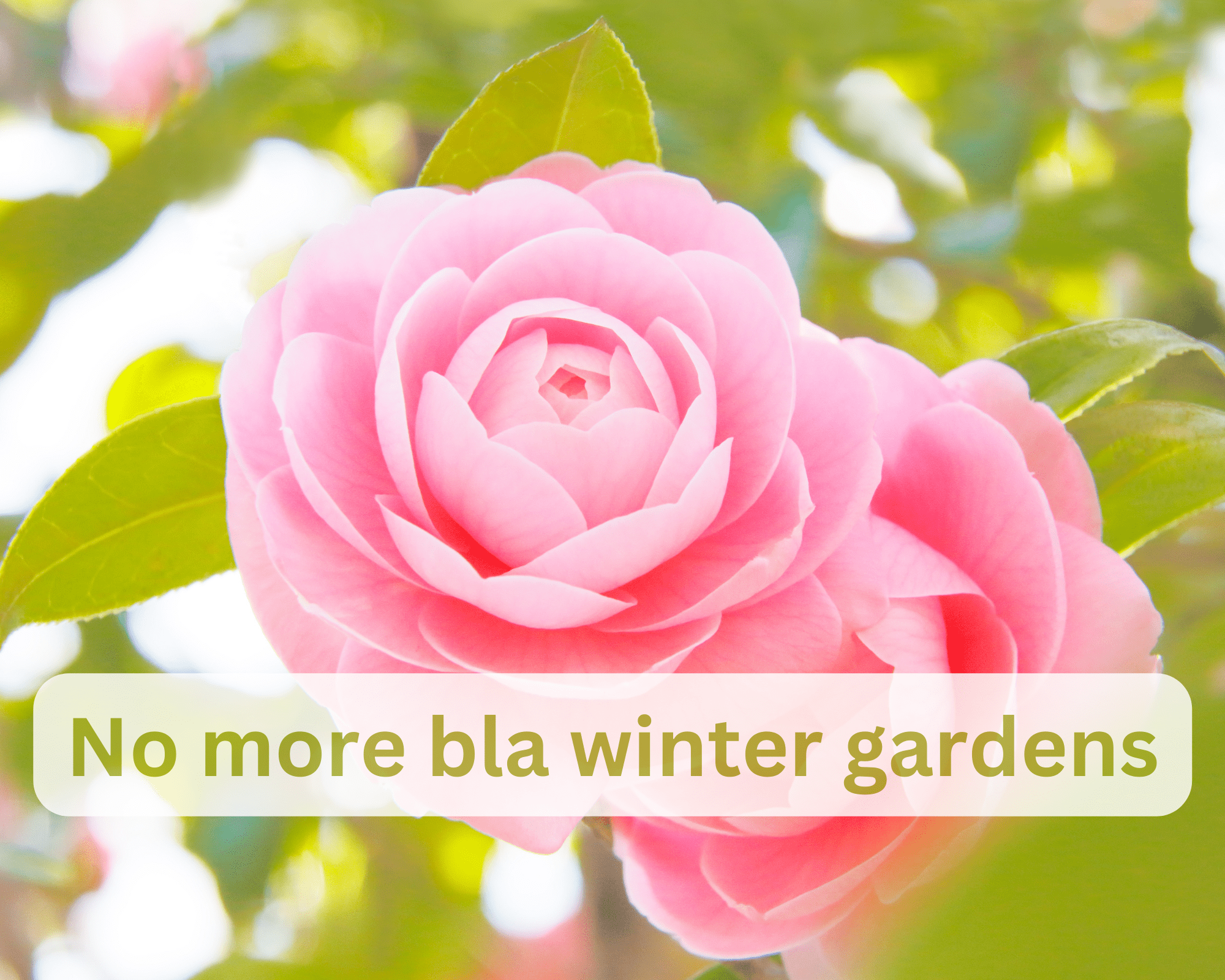

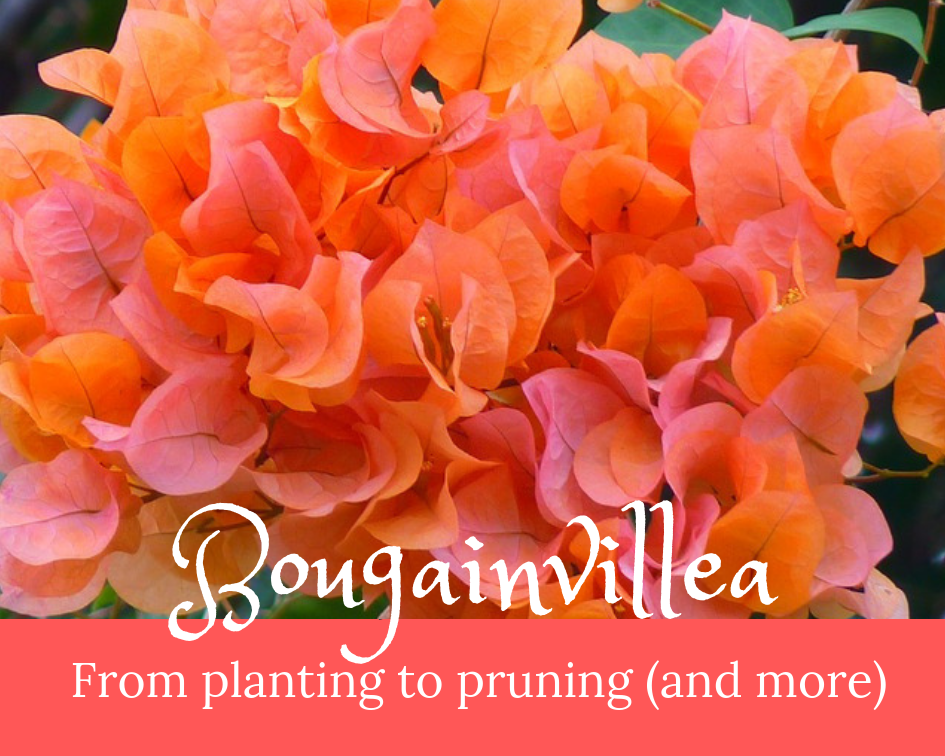
Great reading and a wealth of knowledge.
Thanks Michael! Hope all is well in the UK!
I’m a novice gardener and appreciate this informative article, it’s been really helpful. Thanks 🙂
Thank you for this article! I have just purchased 5 mini roses and needed some reassurance that I had planted them right. Thank you!
I have just bought my first potted rose bush. I will keep this article so that hopefully I can keep my rose happy and get some more.
My minature rose bush is in an old clay pot that it has out grown. The problem with this pot is the opening is smaller than the base and the pot is one I really want to keep. How would be the best way to get the rose bush out without damaging either the Bush or the pot? Thank you very much for any advise!